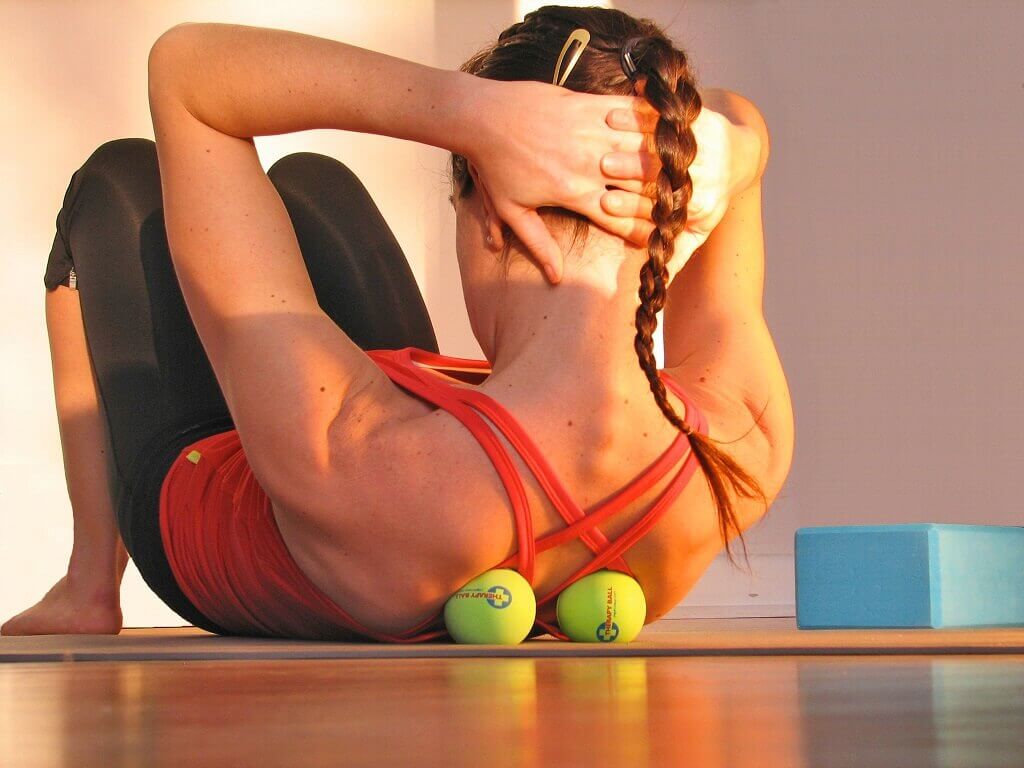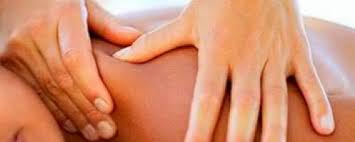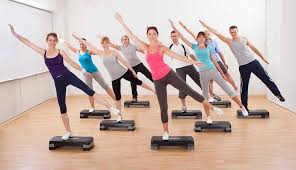Have you ever felt sudden twinge of pain in back when you were doing some very basic day-to-day tasks, like climbing the stairs? Or sometimes the pain can just appear when you were doing nothing at all, like sitting or relaxing on the couch. Whatever the case, muscle knots are not a pleasant thing.
What Does a Knot Mean?
There are muscle fibers in your body that run in different directions. Moreover, muscles in your body are layered on top of one another. This formation of fibers and muscles allow you to move your body in different ways. However, your muscles can become weak when you have a sedentary lifestyle, do not drink enough water, or have dehydrating beverages in your diet. All this can affect muscle fibers and cause those knots to develop in your back.
Here are some reasons why you may develop that lumpy feeling in your back:
- You do not stretch before and after exercise. Getting engaged in strenuous physical activities without warming up your body can lead to muscle cramps and other issues. Practicing poor posture while standing and sitting may also cause muscle knots in back.
- You spend a lot of time contracting your muscles while performing physical activities. You can develop muscle knots when you contract your muscles for long time.
- You sustain an injury while performing physical activities. You can injure you muscles and develop muscle knots. This could happen after a hard fall, an accident, or other traumatic events.
What's more, you may get muscle knots more often if you are under chronic stress. Stress can affect you in many ways; in fact, chronic stress can cause micro-tears to happen in your muscle tissue that can cause all sorts of problems.
How to Get Rid of Knots in Back
1. Apply Some Pressure
One good way to apply pressure to the affected area is to use a small round sport ball, such as a tennis ball, baseball, or even golf ball. Simply place it on the affected area and apply pressure. You can lie on the floor and put that ball right under the affected area. Now, just push gently against the ball for 30 seconds or so. Repeat until you feel some relief. You can also do the same exercise while standing against the wall.
2. Use Heat Treatment
If you do not notice any improvement after putting some pressure on the affected area, try using a heated compress that you would normally use to ease headaches or stomach cramps. You can help those muscles and tissues relax by applying heat to the affected area. Not only will this alleviate pain, but it will also help prevent further constriction. You can also get the same results by using warm essential oil or taking a hot bath.
3. Massage the Area
Massaging the area will always help. If you cannot do it by yourself, ask your partner for help. A deep muscle massage can relax your body and promote blood flow to the affected area. This also helps release stress and anxiety that can aggravate those knots in back.
4. Hydrate Your Body
You may get those knots when you do not drink enough water because dehydration can affect the mobility of your joints, muscles, and tendons. It is important to increase your intake of water to prevent those muscle knots and keep them from occurring again.
5. Take OTC Pain Relievers
You can take OTC painkillers for some temporary relief. This will give you enough time to try other remedies like applying pressure or using heat to the affected area. You can start with acetaminophen but you can also take non-steroidal anti-inflammatory drugs if acetaminophen does not work. Be very careful when taking NSAIDs because they can cause side effects when taken improperly.
6. Try Aerobic Exercise
Having an active lifestyle will always help keep knots at bay. You can try aerobic exercise to stay in good shape. Some good options include elliptical machines, swimming, and even jumping jacks. Just spend half an hour doing aerobic exercise to feel better.
7. Try Yoga
One good way to prevent knots in back is to try ways to strengthen your back. Yoga is a great option because it not only strengthens your back but also makes you more flexible at the same time by giving your back muscles a good stretch. Here are a few yoga positions to try:
- The Downward-Facing Dog: Try this position to target back extensors. Get on all fours with knees directly below your hips. Keep your hands a little in front of your shoulders. Exhale slowly and move your knees up toward the ceiling. Stretch your legs nicely, while stretching your heels at the same time. Slowly straight your legs but stop before your knees get locked. You will be forming an arch. Maintain this position for a few seconds and return to the starting position.
- The Child's Pose: You can try this exercise to elongate muscles in your back. Get on all fours and keep sitting back until your buttocks are in touch with your heels. Slowly stretch your arms while lower your head to the floor. Maintain this position for a few seconds and then relax.
- The Triangle Pose: You can try this pose to strengthen your legs and back. It will also help stretch your hip and abdominal muscles. Stand on a yoga mat in a comfortable position with your feet about 4 feet apart. Move your foot outward until it is parallel to the edge of the yoga mat. Now, align your heels and make a straight line. Raise your arms out to your sides and bend to the right side while stretching your arm to your right foot. Stay in this position for a few seconds and then repeat.







